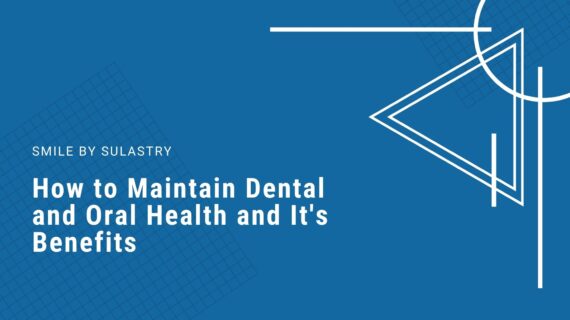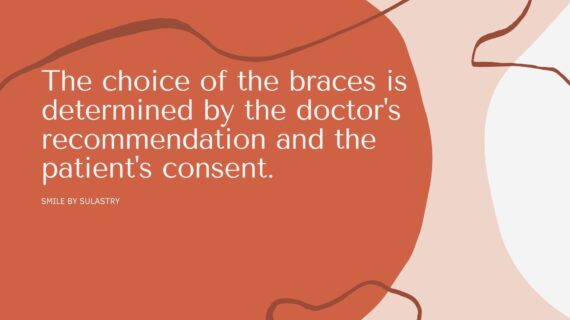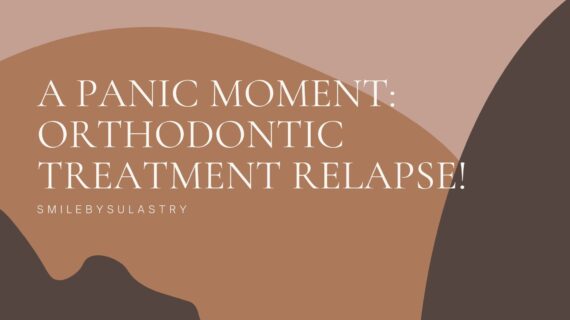Benefits of Maintaining Dental and Oral Health – Troubled teeth and mouth can cause serious complications, not only teeth and mouth but also throughout the body. Therefore, it is important that you always maintain the health of teeth and mouth so that the overall health of the body is also maintained.
The mouth is the gateway to the health of the body. If the mouth is unhealthy, the body can be unhealthy. Likewise, when the body is unhealthy, it is not uncommon for symptoms to see in the mouth. Some diseases of the body are associated with dental and oral health. Heart and lung diseases, for example. People with dental and oral diseases are not at risk of cardiovascular disease and pneumonia. Therefore, health and hygiene in the teeth and mouth are important to maintaining.
Here are some ways to maintain healthy teeth and mouth. Some people think that by brushing their teeth 2 times s a day alone is enough to maintain the health and hygiene of this and mouth. In fact, the reality is not so. Here are some of the ways below are also no less important for you to How to maintain dental and oral health and its benefits apply so that dental and oral health can be maintained to the maximum including:
1. Do not carelessly choose toothpaste and toothbrushes
In addition to brushing your teeth regularly. You are also advised not to origin in choosing toothpaste. Choose toothpaste that contains fluoride. These chemicals are believed to help strengthen and prevent cavities.
In addition, toothbrushes need to be changed every 3-4 months, it is recommended to choose a toothbrush with an oblong and small head and a smooth bristle brush. Toothbrushes like this are more able to reach areas in the corners of the mouth and do not cause gum pain.
2. Clean between teeth with dental floss
Even if you have brushed your teeth, sometimes there is still leftover food in between the teeth that the mouth to reach by the toothbrush. Well to clean it, you can use dental floss.
Routine cleaning of teeth with flossing can reduce the amount of plaque and bacteria that cause cavities. However, do flossing carefully so that your gums do not get hurt and bleed.
3. Don’t Smoke
In addition to being harmful to health, smoking can also cause problems with mouth and teeth, such as bad breath. The buildup of plaque and tartar, as well as discoloration of teeth. Smoking can also increase the risk of gingivitis and oral cancer.
In order to maintain dental and oral health, you should immediately stop this bad habit, you can try to change the habit by chewing gum. Chewing gum, especially nicotine gum, can help you quit smoking.
Not only that, chewing sugar-free gum after each meal can also increase saliva production so that it can help rinse the mouth from food waste and bacteria.
4. Gargle with mouthwash regularly
There are still not many people who regularly snore with mouthwash to maintain health and hygiene of teeth and mouth. In fact, this way is easy to do and has been proven to make teeth and mouth cleaner.
In addition, mouthwash can also help reduce bad breath and make your breath fresher for less than 12 hours.
Benefits of Maintaining Dental and Oral Health
In addition to keeping your teeth and mouth healthy, regularly maintain the health and hygiene of your teeth and mouth can also improve your overall health, both physical and mental health.
Here are the benefits of maintaining dental and oral health for the overall health of the body.
1. Improve brain memory
2. Increase confidence
3. Lower the risk of caddiovascular disease, such as stroke and coronary heart disease.
4. Lower the risk of developing respiratory tract infections, such as pneumonia
5. Lower the risk of the appearance of autoimmune diseases such as rheumatoid arthritis
6. Lower the risk of pregnant women giving birth prematurely
Maintaining the cleanliness and health of our teeth and mouth is very important to maintain our overall health. So, do not forget to brush your teeth, floss with dental floss, and gargle with mouthwash after eating.
Besides maintaining oral hygiene, you should also pay attention to the cleanliness of the food you consume and the cleanliness of your hands when eating. Free, when your mouth is clean but disease germs enter your body through food or dirty hands?
You are also advised to go to the dentist every 6 months. In addition to checking the health of your teeth and mouth, the dentist can also clean plaque that is located deep and difficult to clean just by brushing your teeth.
Side Effects of Dental Crowns You Mush Know
Referensi:
American Dental Association. Healthy Mouth, Healthy Body.
American Dental Association (2019). Oral Health Topics. Mouthwash (Mouthrinse).
American Dental Association (2019). Oral Health Topics. Toothbrushes.
NHS UK. Chewing Gum Health Scare.
NHS UK (2018). How to Keep Your Teeth Clean.
Stewart, K. Everyday Health (2011). To Mouthwash or Not to Mouthwash?
Family Doctor (2017). Mouth and Teeth: How to Keep Them Healthy.
Cafasso, J. Healthline (2018). What Is Fluoride, and Is It Safe?
Higuera, V. Healthline (2020). What’s the Best Way to Floss Your Teeth?
West, H. Healthline (2016). Chewing Gum: Good or Bad?
Mayo Clinic (2019). Oral Health: A Window to Your Overall Health.
WebMD (2019). The Mouth-Body Connection: 6 Ways Oral Hygiene Helps Keep You Well.
WebMD (2019). Smoking and Oral Health.


